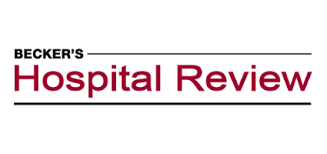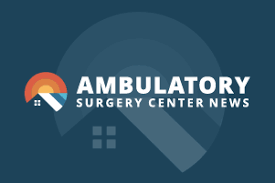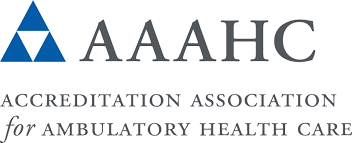 Ambulatory Surgery
Ambulatory Surgery
CMS plan to phase out inpatient only list sparks debate over safety for vulnerable patients

Editor's Note The Centers for Medicare & Medicaid Services (CMS) is moving to eliminate its Inpatient Only (IPO) List over the next 3 years, a decision that could permanently shift more surgical procedures from hospitals to outpatient settings. According to an August 24 article from Fierce Healthcare, the policy promises…
Survey: 2025 business manager profile

Editor's Note: This page is a companion page to the main article, "Survey: Staffing problems increase as surgical volume continues to rise." Most OR leaders (81%) report having a business manager. Historically, fewer than half had this position (42% in 2024, 37% in 2023, and 43% in 2022). The…
Survey: Shifts in ASC staffing patterns, volume rises at slower rate

About the survey Data for the Career/Salary Survey were collected from April 1 to June 27, 2025. The list comprised ASC administrators who were either OR Manager subscribers or part of an external list. The survey closed with 90 responses. The margin of error is ±5 percentage points at the…
Surgical robotics market accelerates as new players challenge industry giants

Editor's Note Dozens of companies are racing to stake a claim in the rapidly expanding surgical robotics market, with multiple launches, partnerships, and regulatory milestones signaling a pivotal moment for the field. Challengers to established leaders are advancing soft tissue systems, targeting specialty niches, and building executive teams to scale…
Nurse leaders weigh in on NCLEX pass rate decline, impact on workforce readiness

Editor's Note The NCLEX pass rate for RNs fell sharply in early 2025, but many nurse leaders see the drop as temporary rather than cause for alarm, Becker’s Hospital Review August 12 reports. The first-quarter pass rate declined to 71.6%, compared with 79.1% in the same period of 2024. The…
CMS’s plan to phase out inpatient-only list could bolster rural ASCs

Editor's Note The proposal from the Centers for Medicare & Medicaid Services (CMS) to eliminate the Medicare Inpatient Only (IPO) list over 3 years could significantly expand opportunities for ambulatory surgery centers (ASCs), with rural facilities among those positioned to benefit most, Ambulatory Surgery Center News August 12 reports. The…
AAAHC unveils v44 standards to sharpen focus on patient-centered ambulatory care

Editor's Note The Accreditation Association for Ambulatory Health Care (AAAHC) released its v44 Standards, introducing new guidance designed to strengthen patient-focused care, streamline compliance, and align with evolving state regulations, an August 18 AAAHC announcement reports. As detailed in the news release, the v44 Standards, effective December 16, 2025, were…
Expert lessons on building successful total joints programs in ASCs

By 2022, orthopedic procedures performed in ambulatory surgery centers (ASCs) were already outpacing expectations. For years, total hip and knee replacements were considered too complex for same-day surgery. Yet, total joints replacement volumes jumped nearly 200% between 2020 and 2022—outpatient total knee arthroplasty surged nearly 194%, while total hip arthroplasty…
Medicare Advantage patients see lower perioperative costs than traditional Medicare peers

Editor's Note Surgical episodes for Medicare Advantage (MA) patients cost less and used fewer resources than those for traditional Medicare (TM) beneficiaries, according to a JAMA Health Forum study published August 1. Researchers analyzed 1.18 million procedures performed on 1.11 million beneficiaries and found 30-day episode costs were 3.1% lower…
Artificial disc replacement proves safe, efficient, cost-saving in outpatient spine surgery

Editor's Note Artificial disc replacement (ADR) in the cervical spine can be performed safely, efficiently, and cost-effectively in outpatient/ambulatory surgery centers (ASCs), Ortho Spine News July 31 reports. The article details research from Steven J. Girdler, MD, of DISC Surgery Center, who reviewed 6 years of data from 1,043 patients…

 Free Daily News
Free Daily News